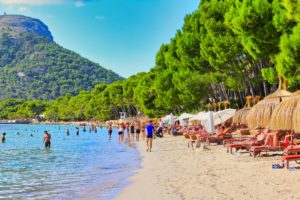
Introduction
Attention passionate travelers and industry enthusiasts! Ready to reinterpret success in the travel and tourism industry? It is time to look at creative approaches and workable solutions that will transform the way we get beyond barriers and clear the road to success in a field that is always beset with difficulties and uncertainty.
Both positive and negative effects of tourism are seen worldwide. Many difficulties have been faced by the worldwide tourist sector recently, emphasizing the need for remedies for tourism challenges.
Despite their importance for economic growth, cross-cultural exchange, and environmental sustainability, tourists face several difficulties. For the long-term survival and beneficial effects of the sector, these problems—which range from security concerns and infrastructure constraints to climate change and overtourism—must be addressed in 2014..
This article offers feasible remedies for tourism challenges in order to build a more robust and long-lasting company. Knowing and getting above these challenges would allow one to redefine success in the tourism sector and guarantee a better future for the sector in 2014.
Remedies for Tourism Challenges
I. Workforce and Skills Development:
1. Bridging in the Skills Gaps in the Workforce:
Form alliances to provide focused training programs with businesses and educational institutions. Offer apprenticeships and internships in order to bridge the theoretical and practical knowledge gaps.
2. Encouraging Projects for Professional Development and Training
Give travel experts frequent chances for training and development to improve their abilities. Promote attendance at seminars, workshops, and industry conferences.
3. Promoting Employee motivation and Retention:
Use benefits and competitive pay plans to draw in and keep qualified workers. Showcase and recognize exceptional work to inspire and keep talented employees.
4. Encouraging Cultural Awareness and Language Proficiency
Give travel agents training in cultural awareness and language classes.
Encourage contacts between staff members and the community to improve knowledge of different cultures.
II. Destination Marketing and Branding
5. Developing Special Brand Features:
To find the special selling features of every location, do market research.
Create branding plans that emphasize the special qualities and experiences the location has to offer.
6. Using Digital Marketing and Online Presence to Their Full Potential
To reach more people, spend in digital marketing initiatives and make use of social media.Get destination websites search engine optimized and offer interesting online material.
7. Successfully Focusing on Particular Market Segments:
Examine customer tastes and group the intended market according to interests, behaviour, and demography. Craft marketing messages and promotional initiatives to speak to every particular market niche.
8. Taking Up Full Competition in a Worldwide Market:
Working together, national tourism boards and associations in the tourism sector can create collaborative marketing initiatives.
Take part in international travel trade shows and fairs to advertise the location all over the world.
III. Collaboration and Stakeholder Engagement
9. Encouragement of Industry and Government Cooperation:
Enable frequent contact and cooperation between stakeholders in the tourist sector and government agencies. For cooperative solutions to tourism issues and the execution of sustainable development projects, form public-private partnerships.
10. Taking Active Part in Local Communities:
Participate local communities in the planning of tourism and decision-making processes. Motivate community involvement in initiatives aimed at developing tourism and enable them to gain from it.
11. Establishing Robust Alliances with Companies and Non-Governmental Organizations
Encourage partnerships to create ethical tourism practices and projects with nearby companies and NGOs. Collaborate with NGOs that promote social development and environmental preservation to accomplish the objectives of sustainable tourism.
12. Managing the Interests of Several Parties:
Organize candid discussions and stakeholder meetings to resolve competing interests. Seek for solutions based on consensus that consider the requirements of different parties.
IV. Authenticity and Cultural Preservation
13. Preserving Cultural Legacy
Put into place stringent laws and rules to protect cultural places and artifacts.
Give cultural legacy enough resources to be maintained and restored.
14. Countering Cultural Commodification
Encourage kind and responsible travel that stays away from taking advantage of regional customs for financial benefit.
Urge guests to partake in real cultural activities that improve respect and understanding between people.
15. Promoting Community Involvement in Tourism Development
Incorporate the local communities into the planning and decision-making procedures pertaining to the growth of tourism.
Endow community-based tourism projects that uplift locals and advance genuine cultural expression.
16. Controlling How Tourism Affects Regional Customs:
Create environmentally friendly tourism methods that will have the least amount of adverse effect on regional customs.
Inform guests about customs from their own country and promote polite conduct while they are here.
V. Inclusivity and Accessibility
17. Guaranteeing Fair Distribution of Tourism Prospects:
Enhanced services and infrastructure will increase the accessibility of tourist locations for people with impairments.
Give details and materials to help people with different needs organize their vacations.
18. Giving Diverse Travelers Accessible Services:
Teach tourism workers to be informed and understand the requirements of different kinds of tourists.
Provide all-inclusive amenities, including accessible lodging, transportation, and activities.
19. Eliminating Social and Physical Barriers
Audit accessibility to find and fix physical obstacles in tourist destinations.
Foster diversity and inclusivity by means of educational programs and awareness campaigns.
20. Meeting Senior and Disabled Travelers’ Needs
Create facilities and services, especially for older and disabled tourists.
Working together with groups and professionals in the area, guarantees best practices in accessible tourism.
VI. Tourism of Wildlife in Ethics
21. Maintaining Efforts for Animal Welfare and Conservation
Set tight rules and procedures to guarantee that animals are treated morally in tourist-related activities.
Encourage ethical methods of wildlife tourism that support conservation initiatives.
22. Advancing Conscientious Wildlife Contacts:
Instruct visitors on appropriate behavior while coming into contact with wildlife.
Back animal welfare-focused rehabilitation facilities and wildlife sanctuaries.
23. Promoting Ecotourism: A Call to Action
Working with wildlife specialists and conservation groups, create sustainable wildlife tourism guidelines.
Urge visitors to select wildlife activities that give animal care and conservation first priority.
24. Creating Conscience and Informing Guests
Organize educational initiatives to increase public understanding of the value of wildlife preservation.
Inform guests about the advantages of ethical wildlife tourism as well as the ecological effects of their activities.
VII. Modifying Travel Practices
25. Incorporating Ecotourism and Sustainable Travel Programs:
Advocate for and support environmentally friendly, sustainable travel methods. Urge visitors to select environmentally friendly lodging and modes of transportation.
26. Developing Opportunities for Authentic Experiences and Experiential Tourism
Provide distinctive and fully immersed travel experiences that highlight regional customs and culture.
Promote community involvement in offering guests real and significant experiences.
27. Taking Up the Rise of Remote Work and Digital Nomadism:
Offering coworking spaces and dependable internet connections are two examples of the infrastructure and services that digital nomads need.
Working with companies and associations, encourage remote work options in popular tourist locations.
28. Changing with the Demands and Preferences of Travelers:
To learn about new visitor trends and preferences, do market research.
Innovation and adaptation of tourism offers should never stop to satisfy shifting customer needs.
VIII. Security and Privacy of Data
29. Ensuring Privacy and Customer Information Protection
Secure client data by putting in place strong data protection procedures.
Adherence to data privacy laws and guaranteeing open data management procedures.
30. Boosting Data Protection and Cybersecurity Measures
Spend money on cybersecurity infrastructure and keep security system updates coming.
Raise awareness of possible cyber dangers and educate staff members on data security procedures.
31. Building Data Handling Confidence and Trust:
Open communication on data processing procedures and privacy policies should be had with clients.
Using safe and moral data management procedures will help to build trust.
32. Ensuring Compliance with Tight Data Privacy Laws:
Keep abreast on the data privacy rules and regulations in pertinent countries.
Audit data management procedures often to make sure rules are being followed.
IX. Research in and Education of Tourism
33. Promoting Ongoing Education and Professional Advancement:
Sponsor seminars and training sessions to improve the expertise of tourism workers. Promote lifelong learning and give chances to progress in your work.
34. Retaining Knowledge of Industry Developments and Best Practices
Motivate entrepreneurs to use professional associations and networking to keep up with new developments.
Promote joint ventures to exchange knowledge and perspectives between academics and business professionals.
35. Promoting Industry Expertise and Academic Collaboration:
Form collaborations for study and information sharing between players in the tourism sector and academic institutions. Uphold studies that advance the tourism industry’s sustainable growth.
36. Encouraging Innovation and Research in the Travel and Tourism Industry
Give research initiatives concentrating on sustainable tourist development money and resources.
Promote the use of cutting edge methods and technologies in the travel and tourism sector.
X. Long-term Finance Structures
37. Finding a Harmony between Environmental Conservation and Economic Gains:
Provide long-term financing strategies that give environmental preservation and economic gains equal weight.
Look for ways to fund conservation initiatives, such levies or taxes on tourism.
38. Investigating Novel Approaches to Sustainable Tourism Financing
For environmentally friendly travel initiatives, look at other funding possibilities, including impact investing or crowdsourcing.
Promote collaborations with groups and financial institutions that focus on environmentally friendly finance.
39. Promoting Public-Private Alliances to Advance Development
Encourage cooperation to make use of resources and experience between the public and private sectors.
Organize public-private alliances according to objectives of sustainable tourism.
40. Enabling Community Development Initiatives to Get Funding
Provide money to initiatives for community development that improve the quality of life in the area.
Encourage programs that enable the people in the area to take part in and profit from tourism.
XI. Diversity of Destinations
41. Lightening Reliance on Particular Goods or Markets:
Promote product and experience diversity in tourism to draw in a larger clientele.
To draw particular groups, pinpoint niche markets and create focused marketing plans.
42. Drawing in a Variety of Patrons to Promote Development:
To draw in visitors from many origins and interests, encourage diversity and inclusivity in marketing efforts.
Work along with tour operators and travel agencies that specialize in certain market niches.
43. Increasing and Developing Travel Offers:
Make investments on the building of new experiences and attractions as well as infrastructure.
Help local companies and entrepreneurs grow so that the tourist offers are more varied.
44. Increasing Destination Resilience by Strategic Planning
Assess the risks and create plans to lessen any hazards and interruptions.
Develop resilience by spreading the number of tourists over several seasons and locations and diversifying the tourist markets.
XII. Seasonality
45. Skilfully Handling Demand Fluctuations Seasonally
Create plans to disperse the number of visitors throughout the year and reduce the demands of the busiest times.
To promote attendance during off-peak hours, highlight off-peak attractions and events.
46. Promoting Year-Round Travel and Experiences:
Create and promote year-round, enticing, and easily available tourism items.
Working with nearby companies and stakeholders, provide seasonal events and activities.
47. Reducing Sustainability Dependency on Peak Seasons:
Promote year-round tourism infrastructure and service development.
Incentives and unique offers can help draw tourists at off-peak times.
48. Organizing and Advertising Events and Attractions Off-Peak
To broaden visitor experiences, find and highlight unusual off-peak attractions and events.
Working together with the locals, create and market off-peak travel options.
XIII. Being Real and Telling Stories
49. Using Interesting Content to Cut Through Information Overload
Make visually stunning and interesting material to draw in tourists.
Make use of narrative tools to convey special features of places and events.
50. Creating Imaginatively Captivating Stories:
Find and highlight interesting anecdotes and regional folklore connected to the location.
Storytelling should be included into internet and promotional materials.
51. Using Storytelling to Emotionally Involve Travelers
By telling real, relevant stories, you can emotionally engage with visitors.
Invite user-generated material and visitor endorsements that speak to their own experiences.
52. Using Narrative as a Potent Tool for Destination Marketing:
Work with regional authors, content producers, and storytellers to craft engrossing tales.
Utilize digital and social media channels to increase the reach of your storytelling initiatives.
XIV. Post-Crisis Recovery

53. Restoring Traveler Trust in the Wake of Disasters:
Putting in place thorough safety and sanitary procedures can help allay the fears of travellers. Share openly the steps taken to guarantee a secure and safe trip.
54. Rebuilding Tourism Resources and Infrastructure:
Put money into restoring and repairing deteriorated tourist attractions and infrastructure. Work along with partners in the business sector and government organizations to quicken the healing process.
55. Regaining Market Share Using Marketing Strategies:
Create focused marketing initiatives to restore the perception of the destination and win back the confidence of tourists. Give out incentives and promotional packages to get tourists back to the area.
56. Creating Strategies of Resilience to Reduce Future Risks:
Assess risks and create backup strategies in case of upcoming emergencies.
By means of diversification, community involvement, and environmentally friendly methods, strengthen destination resilience.
Governments, tourism associations, local populations, and other stakeholders must work together to tackle these issues in a multidimensional manner. The tourist sector may overcome obstacles and strive for a resilient, inclusive, and sustainable future by taking corrective actions in these areas.
Conclusion
Cooperation and initiative are necessary to put remedies for tourism challenges into practice. Climate change, overcrowding, safety concerns, and inadequate infrastructure may all be overcome by embracing new technologies, implementing sustainable practices, and being responsible passengers in 2014.
Providing varied experiences, funding education, and engaging local communities are also crucial. By working together, we can make sure that travel keeps locations and the people who live there happy, enriched by cultural interchange, and positively changing. Let us all enjoy better travel!
FAQs:
1. How does climate change affect tourism, and what can be done about it?
Climate change impacts tourism in various ways, such as through extreme weather events and altered landscapes. Solutions include promoting sustainable tourism practices and investing in eco-friendly infrastructure.
2. What are the economic challenges faced by the tourism industry, and how can they be addressed?
Economic challenges in tourism include currency fluctuations and seasonal dependence. Addressing them involves diversifying tourism offerings and fostering partnerships.
3. How can technology help overcome tourism challenges?
Technology aids in communication, operations streamlining, and enhancing traveler experiences. Solutions include digital marketing, smart destination management, and sustainable tech adoption.
4. What are the social and cultural impacts of tourism?
Tourism can lead to cultural commodification and social disruption. Managing impacts involves community engagement and promoting responsible travel behavior.
5. How do global health crises affect tourism, and what measures can be taken for recovery?
Global health crises like pandemics result in travel restrictions and reduced demand. Recovery strategies include health protocol promotion and diversifying tourism products.
6. What role do government policies play in addressing tourism challenges?
Government policies impact tourism through visa regulations and infrastructure development. Improvements involve sustainable tourism policies and public-private partnerships.
7. How can sustainable practices be integrated into the tourism sector?
Sustainable practices include reducing emissions and promoting eco-friendly activities. Integration strategies encompass certification programs and green initiatives.

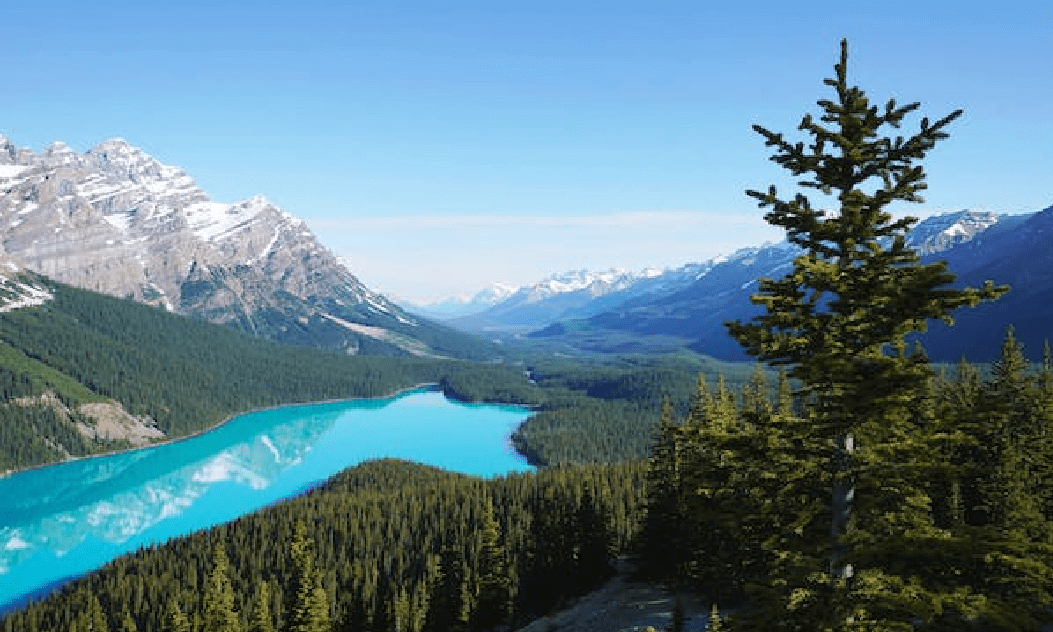

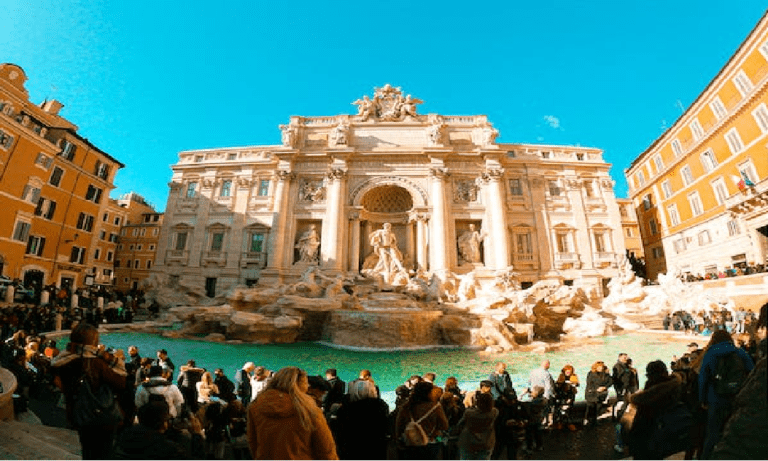



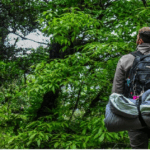
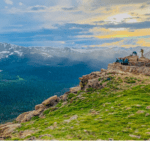
[…] their self-determination and participation in tourism development […]